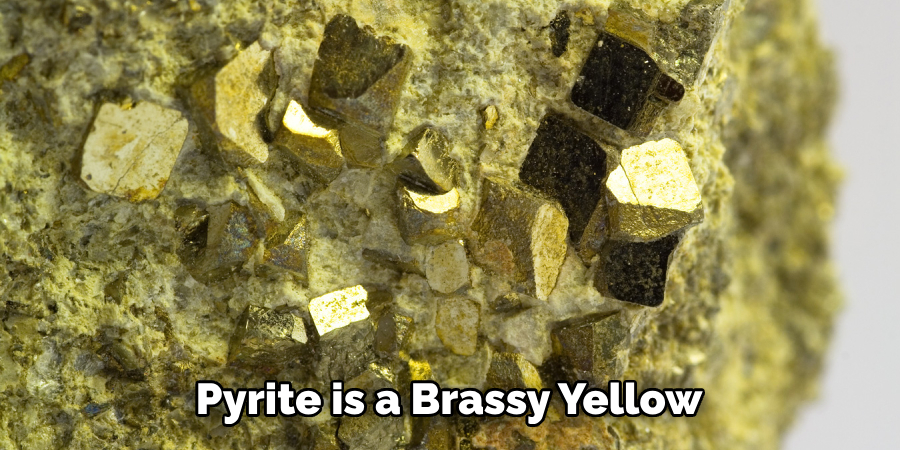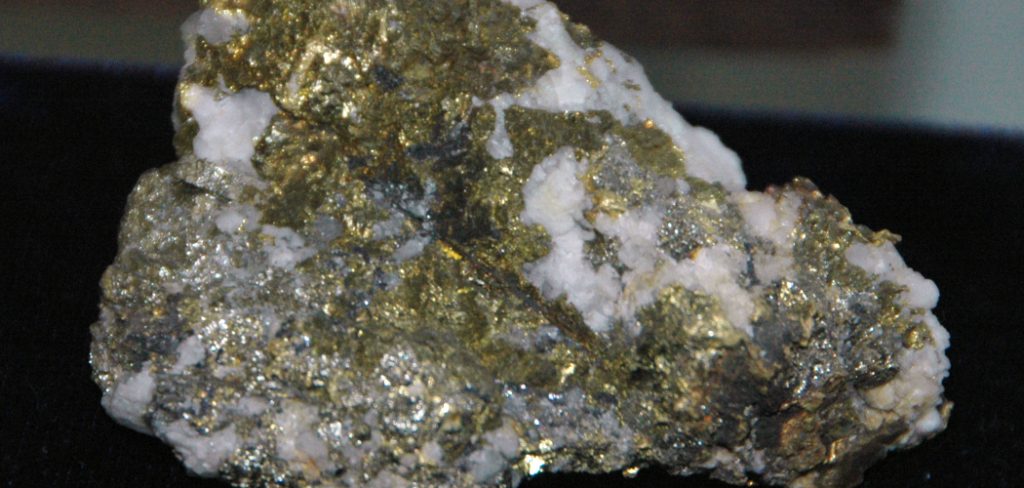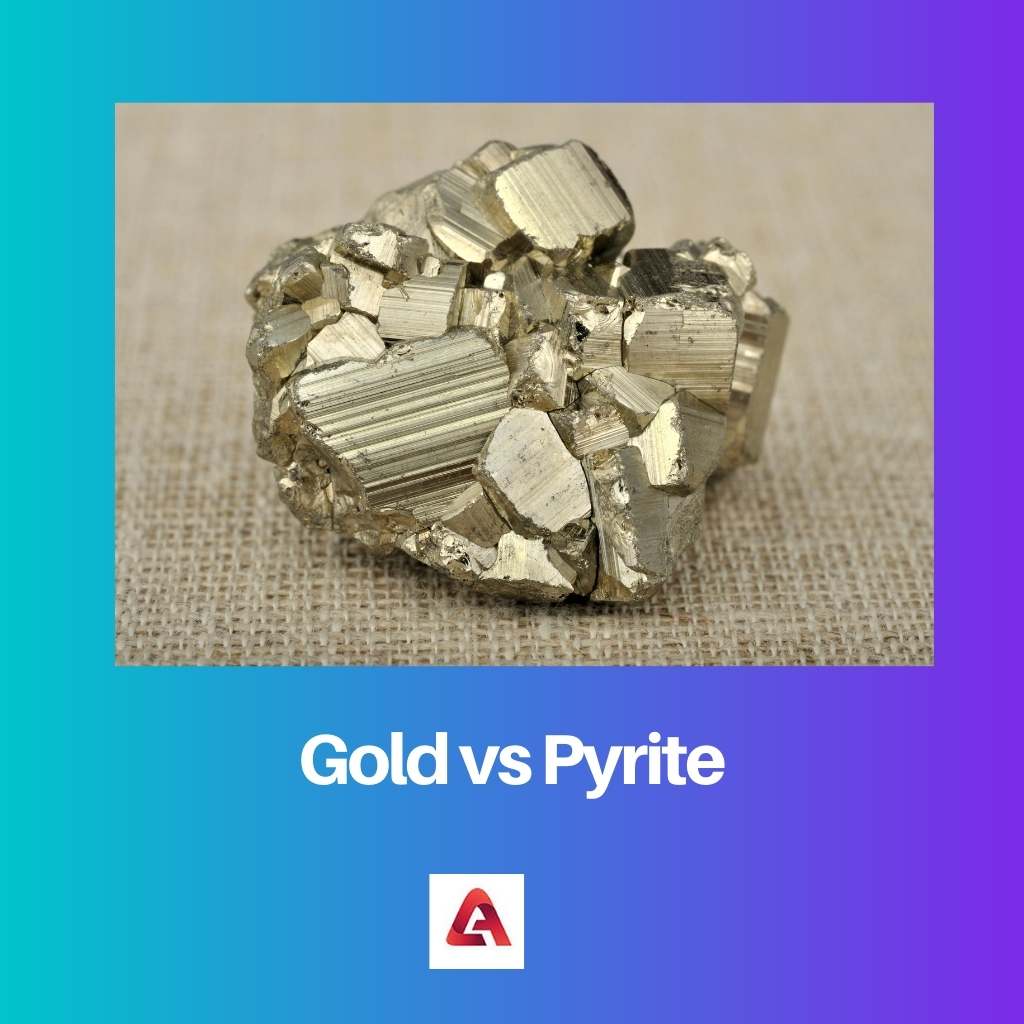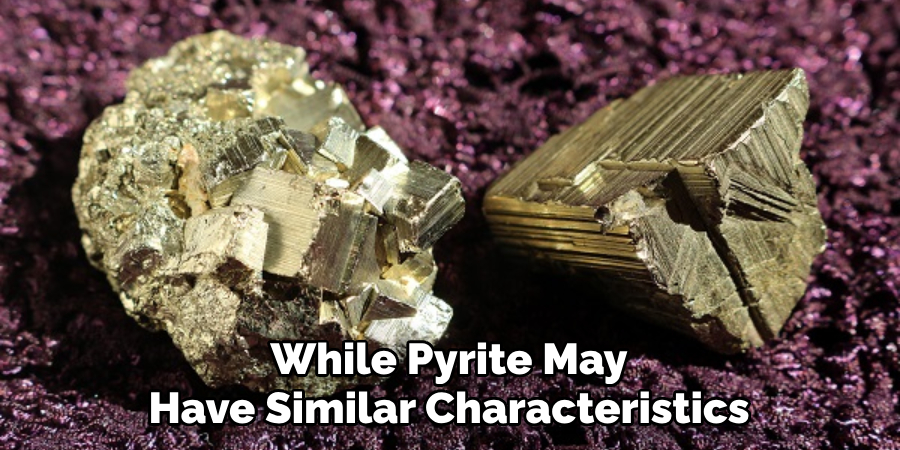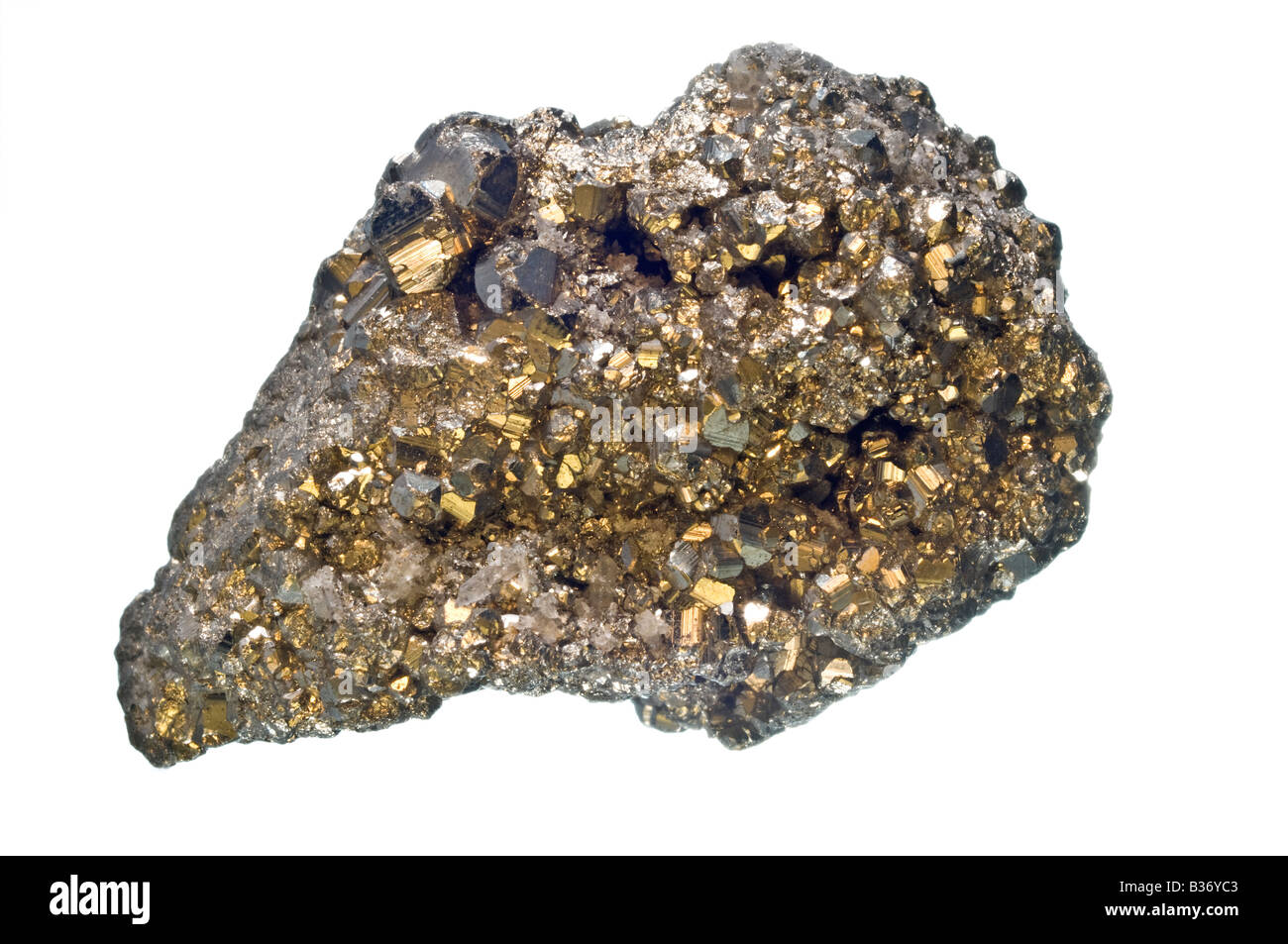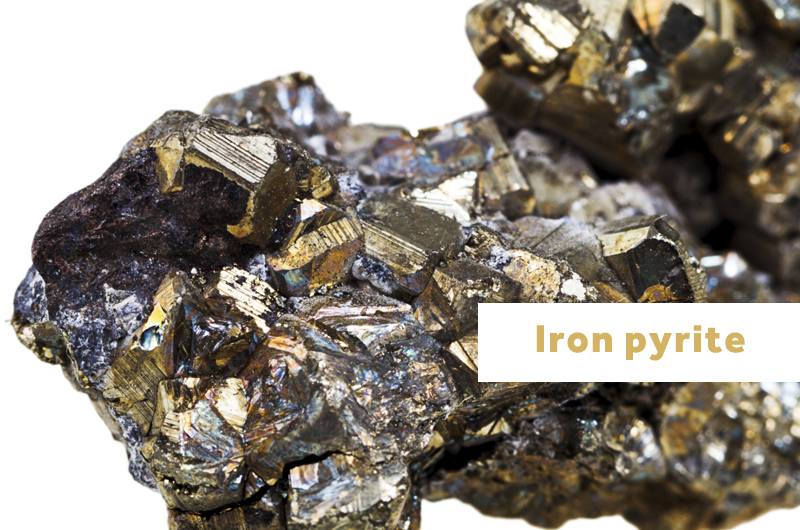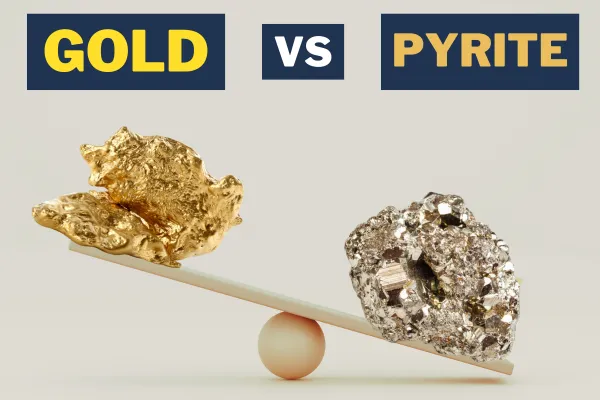How To Tell Iron Pyrite From Gold

The sun beat down on my neck as I knelt by the riverbank, sifting through the muddy gravel. Hope flickered in my chest with each glint of yellow, quickly dashed against the harsh reality of fool's gold. The dream of striking it rich is a powerful lure, but the ability to distinguish between iron pyrite and genuine gold is the key to panning success.
This article serves as a comprehensive guide for anyone seeking to differentiate between iron pyrite, often called "fool's gold," and authentic gold. By understanding their key differences in appearance, physical properties, and testing methods, prospectors, hobbyists, and curious minds can avoid costly misidentifications and appreciate the unique beauty of both minerals.
The Allure of Gold and the Deception of Pyrite
Gold has captivated humanity for millennia, representing wealth, power, and beauty. Its inert nature means it doesn't tarnish or corrode, making it a lasting symbol of prestige.
Iron pyrite, a compound of iron and sulfur, often finds itself mistaken for gold due to its metallic luster and brassy yellow color. This misidentification has led to countless disappointments, hence the moniker "fool's gold."
Visual Differences: A Side-by-Side Comparison
One of the first steps in differentiating the two is careful observation. Gold exhibits a rich, warm yellow color, while pyrite often has a more brassy, almost greenish-yellow hue.
Gold's luster is also more subtle and reflective, whereas pyrite boasts a brighter, almost artificial shine.
Shape and Form: Gold typically appears in nuggets, flakes, or grains with rounded edges. Pyrite, on the other hand, often forms in well-defined crystalline structures, such as cubes or octahedrons.
Physical Properties: The Hammer Test and Streak Test
Beyond appearance, physical properties offer reliable clues. Gold is remarkably malleable and ductile, meaning it can be hammered thin or drawn into a wire without breaking.
Pyrite is brittle and will shatter or crumble if struck with a hammer. This simple test can quickly eliminate pyrite from consideration.
The streak test is another valuable tool. Rubbing a mineral across a white porcelain streak plate leaves a colored powder. Gold leaves a yellow streak, while pyrite leaves a greenish-black streak.
Hardness and Density: Measuring the Resistance
The Mohs Hardness Scale measures a mineral's resistance to scratching. Gold has a hardness of 2.5 to 3, meaning it can be scratched by a copper penny (hardness of 3.5).
Pyrite is significantly harder, with a hardness of 6 to 6.5. It can scratch glass, whereas gold cannot.
Density also provides a clear distinction. Gold is exceptionally dense, with a specific gravity of around 19.3. Pyrite is much less dense, with a specific gravity of around 5.0.
Chemical Tests: Proceed with Caution
While not recommended for casual observers, certain chemical tests can definitively identify gold. Gold is resistant to most acids, including hydrochloric and sulfuric acid.
Pyrite, however, will react with nitric acid, releasing sulfur dioxide, which has a pungent odor.
Important Note: Chemical tests should only be performed by experienced individuals in a controlled environment, as they can involve hazardous materials.
Context and Location: Geological Clues
The geological context of a find can also offer clues. Gold is often found in quartz veins or placer deposits associated with rivers and streams.
Pyrite, while widely distributed, is commonly found in sedimentary rocks, coal deposits, and hydrothermal veins.
Consider the surrounding rock types and geological formations when assessing a potential gold find.
"Knowing the geological setting can significantly increase your chances of finding gold," advises the U.S. Geological Survey (USGS).
The Enduring Appeal of Both Minerals
While iron pyrite may lack the economic value of gold, it possesses its own unique beauty and significance. Its crystalline structures and metallic luster make it a popular mineral specimen.
Moreover, pyrite plays an important role in various industrial applications, including the production of sulfuric acid and iron.
Appreciate the Sparkle: Learning to identify pyrite helps us appreciate the diverse wonders of the mineral kingdom, irrespective of monetary worth.
Beyond Identification: Ethical Considerations
Whether prospecting for gold or collecting mineral specimens, ethical considerations are paramount. Obtain necessary permits and permissions before collecting on public or private lands.
Practice responsible mining techniques to minimize environmental impact. Leave the site as you found it, filling any holes and avoiding damage to vegetation.
"Responsible stewardship ensures that future generations can enjoy the natural beauty and resources of our planet," reminds the Bureau of Land Management (BLM).
Conclusion: A Treasure in Knowledge
The quest to distinguish between gold and iron pyrite is more than just a practical exercise; it's a journey into the fascinating world of mineralogy. By understanding their differences in appearance, physical properties, and geological context, we can avoid common pitfalls and appreciate the unique qualities of both minerals.
So, the next time you're out exploring, remember the lessons learned here. Whether you strike gold or find fool's gold, the true treasure lies in the knowledge gained and the appreciation for the earth's hidden wonders.
Embrace the adventure, learn from each discovery, and always keep a keen eye on the shimmering possibilities that lie beneath the surface.


